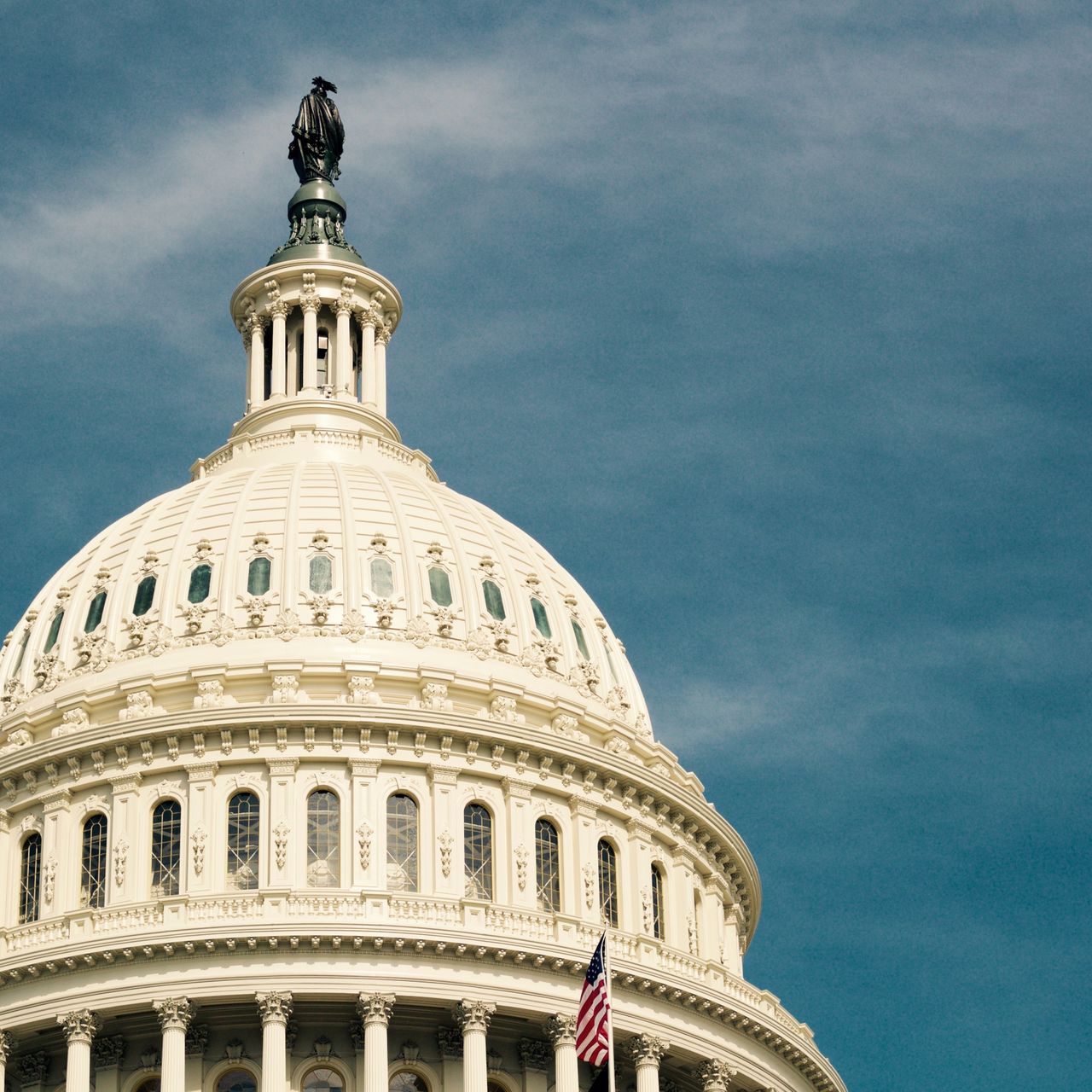Coronavirus-related business closures and job losses reduced state income and sales tax revenues. State budget shortfalls resulting from lost tax revenue are projected to total between $41 billion and $110 billion in fiscal year 2020. In FY 2021, shortfalls are projected between $121 billion and $290 billion.
Between March and August 2020, Congress and President Donald Trump (R) appropriated funds to assist state and local governments with revenue shortfalls caused by decreased tax revenue twice.
Historical data shows:
• As of 2019, 30.7% of total state spending was derived from federal funds.
• The number of federal programs through which aid is appropriated—more than 1,300 as of May 2019—tripled between the 1980s and 2020.
• Between FY 2017 and FY 2019, total state spending increased at the fastest rate since the Great Recession.
Advocates for increased assistance for states have called on Congress and President Trump to appropriate additional federal funds to offset declines in tax revenue and budget shortfalls. A group of directors of seven nonpartisan governmental associations wrote, “If we want our nation’s health and economy to recover, state and local governments must be part of the solution.” The commentary criticized the HEALS Act introduced by Sen. Chuck Grassley (R-Iowa) for not providing state or local funding.
Opponents of increased assistance acknowledge that the economic consequences of COVID-19 are substantial, but say reckless state spending—enabled by increased federal aid over time—exacerbated the economic fallout from COVID-19. Treasury Secretary Steven Mnuchin said, “The president is not going to bail out Chicago and New York and other states that prior to the coronavirus were mismanaged.”


